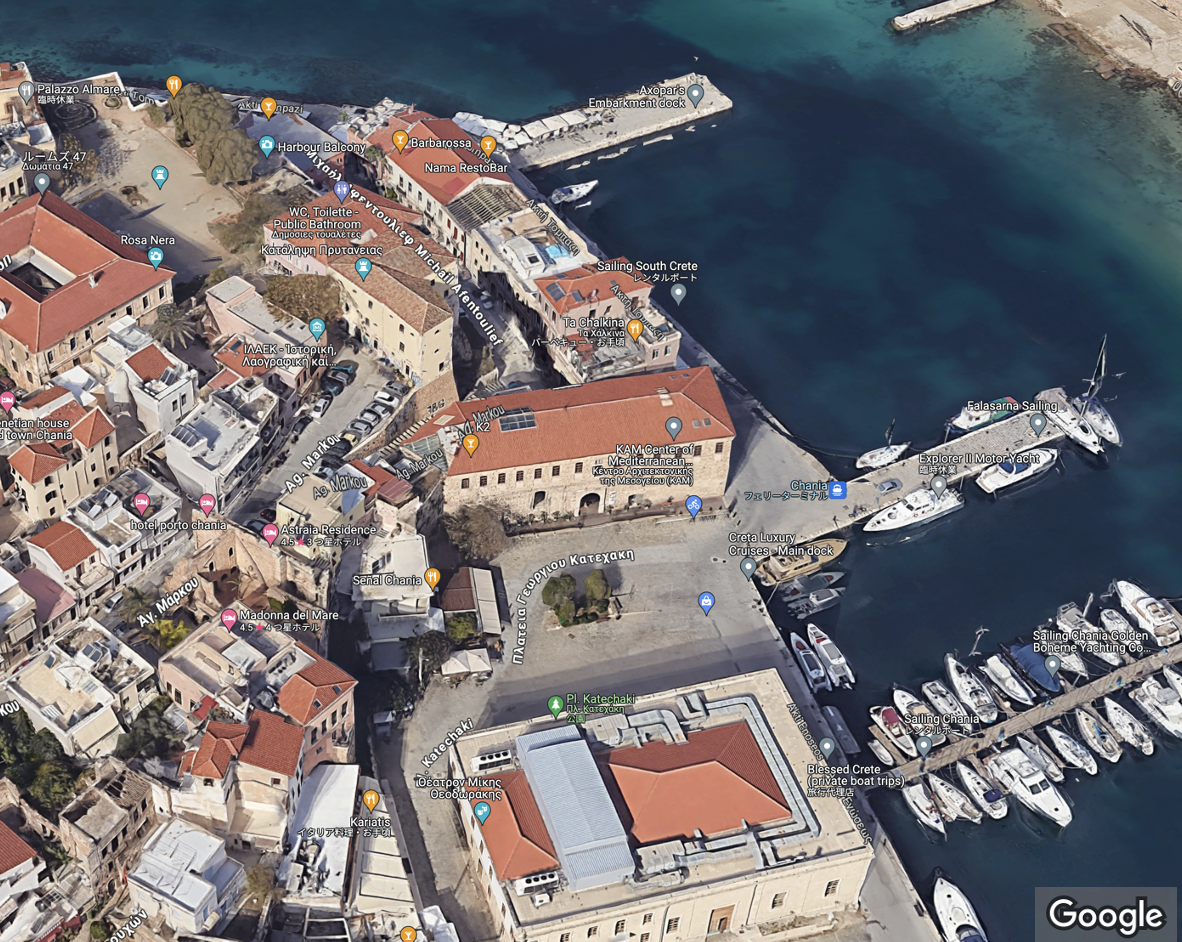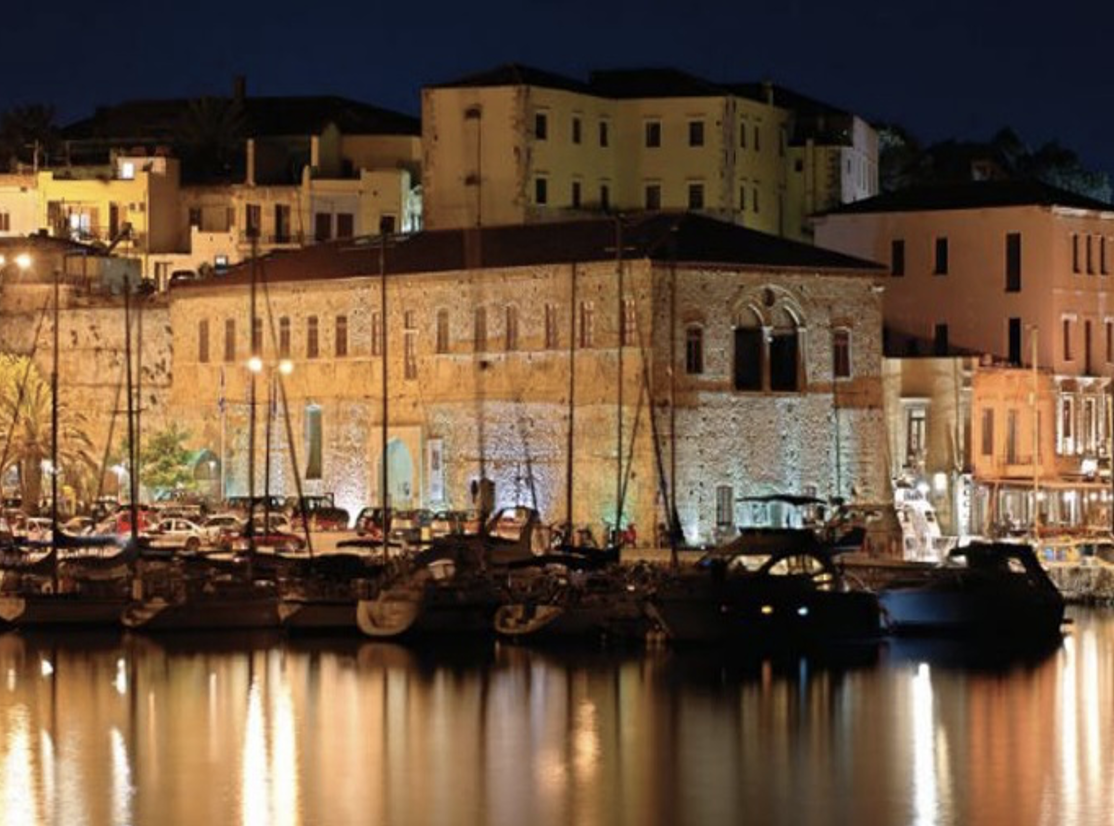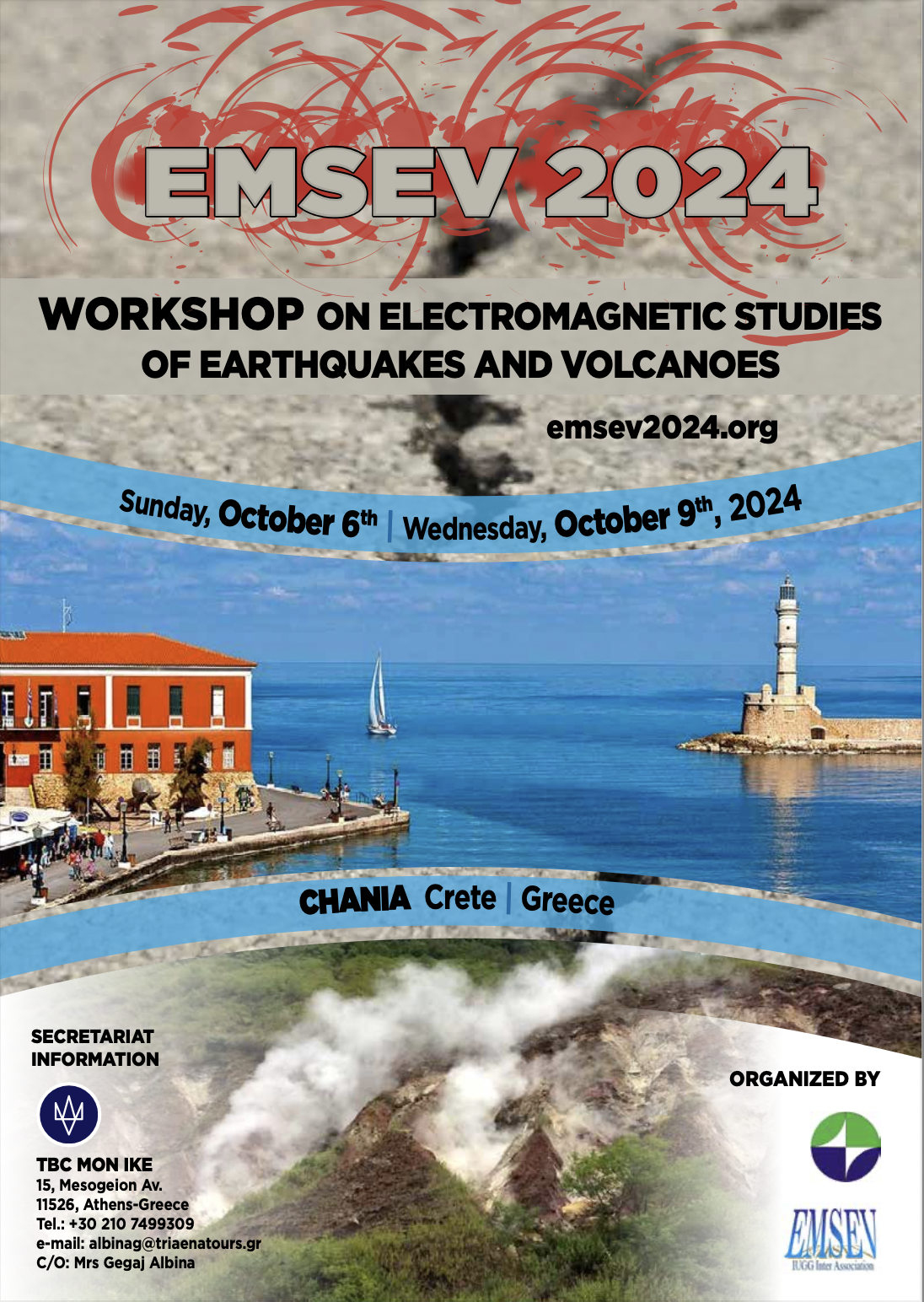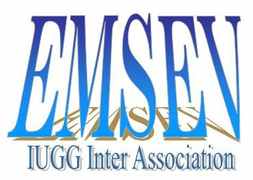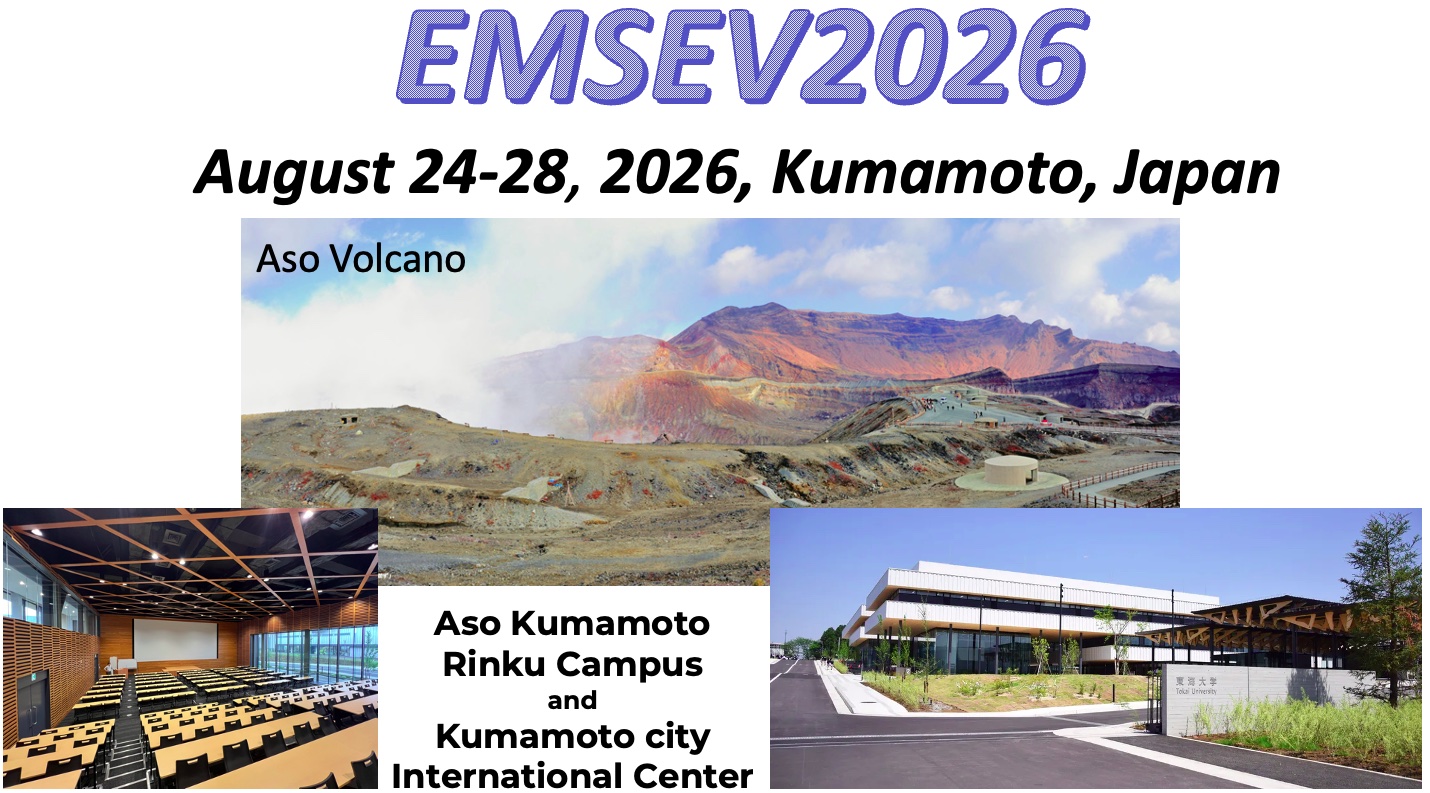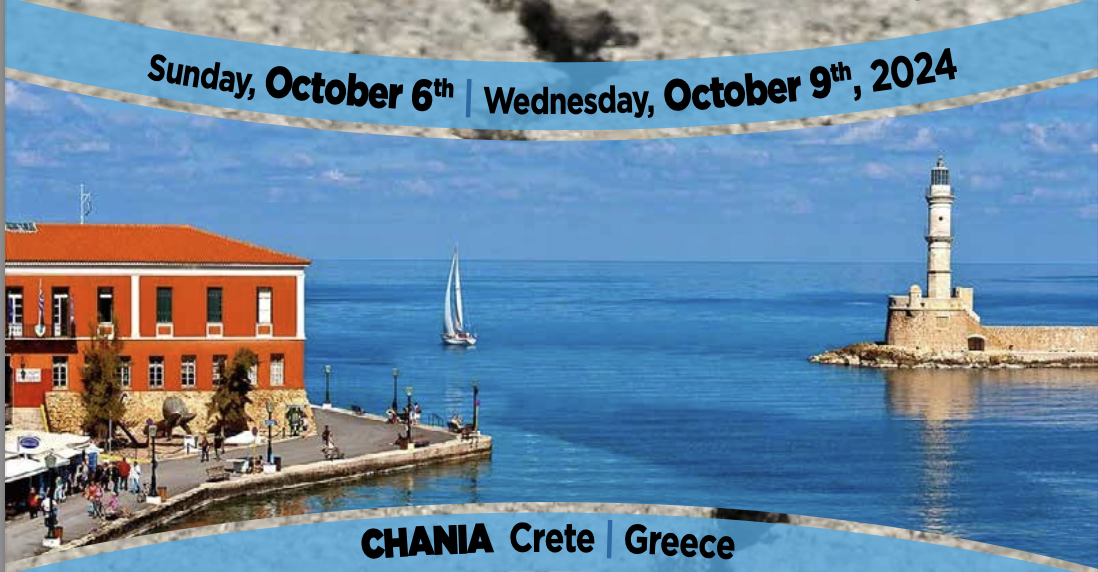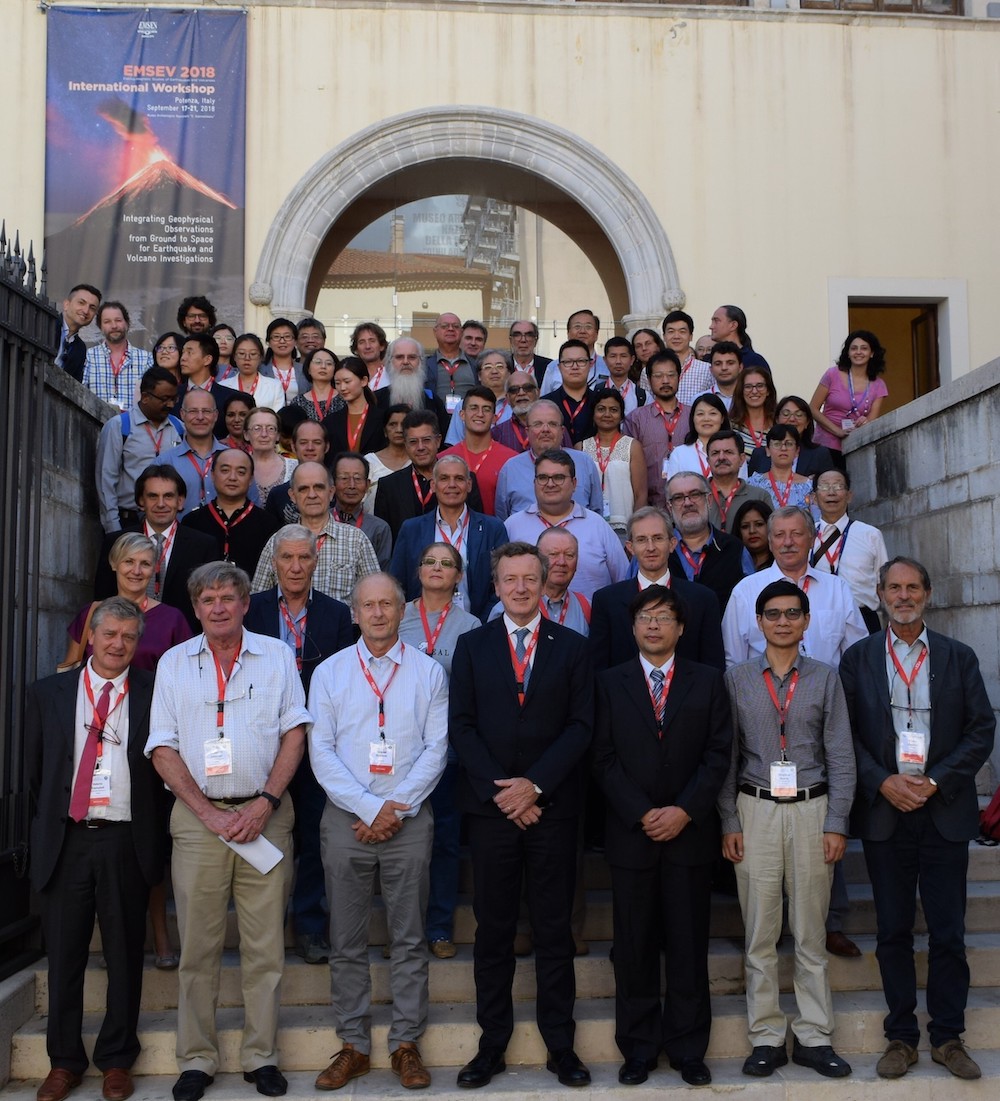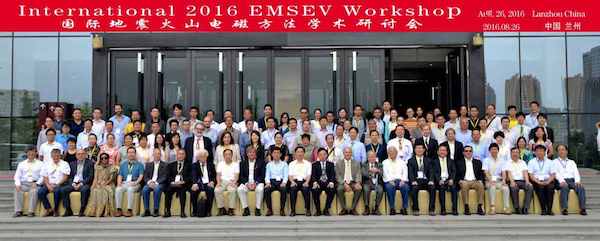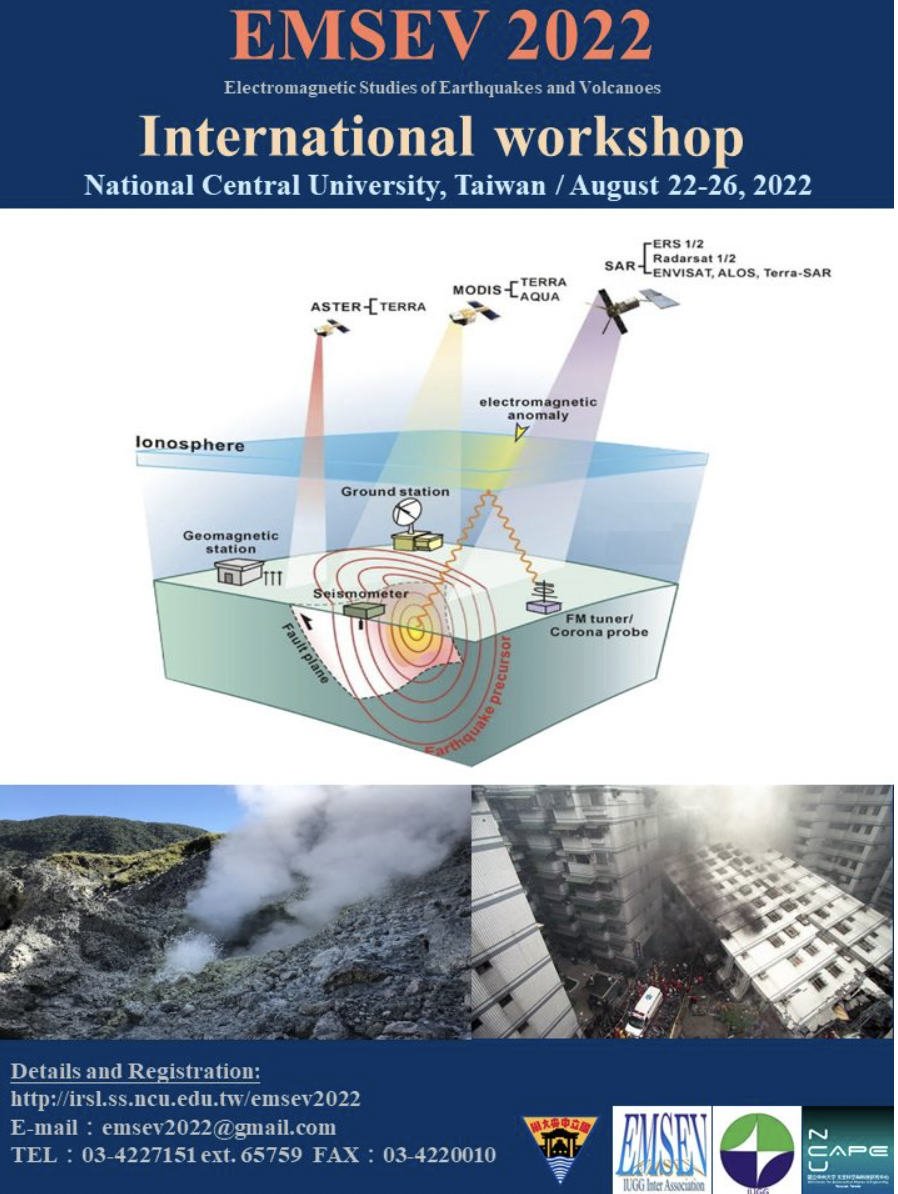EMSEV2024 in Crete, Greece
EMSEV2024 was organized from 6 to 9, October 2024.
Please visit the following official site.
We are now sometimes experiencingdifficultiesaccessing the EMSEV2024 website in Greece.
P.S. EMSEV will host a session for young researchers on October 4 and 5 on "Advances in Satellite and Ground Technologies for Earthquake and Volcano Research. Please consider attending this session as well.
ABSTRACT SUBMISSION
Please read the following statement carefully when submitting your abstract.
Abstracts must be typed in English
The paper must be typed single-spaced using Arial 11-pitch type letters.
Paper title should be typed in Upper case bold letters.
Please include name(s) of author(s) in a new line. Please put initials
first. Omit titles. The name of the Presenting Author should be underlined.
The name of Institution (s) should be included in a separate new line.
Total number of words should not exceed 250.
For an abstract sample, please clickhere
Please indicate your preference on the type of presentation.
THEMATIC FIELDS
*Electromagnetic signals associated with earthquakes and volcanic eruptions
(occurrence and preparatory processes);
*Satellite Remote Sensing for volcanic and seismic hazard assessment and
monitoring;
*Magnetospheric, ionospheric and atmospheric phenomenaassociatedwith seismic and volcanic activities;
*Electromagnetic methods for seismicity monitoring (e.g. natural and induced,
micro-seismicity, fluid migration, etc.);
*Theoretical and laboratory studies for understanding seismic and volcanic
phenomena;
*Electromagnetic imaging and modeling of seismic and volcanic structures
*Integration of electromagnetic and others geophysical observations (mechanical,
geochemical, seismological, geodetic, etc.) for the study of earthquakes
and volcanoes;
*Ongoing international initiatives (EMSO, EPOS, GEOSS, etc.), recent and
future satellite missions (CSES, Swarm, etc.);
*Signal recognition, data processing and modeling;
*Reliability of precursor signals of earthquakes and volcanic eruptions
Of course, it is best that you complete the various procedures from the
EMSEV2024 website in Greece (https://emsev2024.org/).
If you cannot access the site, please try to access it from your university,
home or the public wifi. You may be able to access the Greek site.
Venue: The "Great Arsenal" from the 15th century to 2022.
The "Great Arsenal" in the city of Chania traces a historical
course through the centuries. The residents and visitors to the city pass
by this emblematic building every day knowing its importance and usefulness
throughout the ages.
The architecture of the building excites both lovers and scholars of architectural
history, as well as any pedestrian who happens to pass in front of him.
The arched passageways, the ornate sheds, the sturdy construction with
the carved sandstones, and the art of masonry throughout the entire scope
of the building, dominate the heart of the Old Venetian port.
The arsenals existed in the port area of Chania since 1497. The "Great
Arsenal" began to built in 1585-1600.
Over the years, its premises successively hosted the school of the Christian
Community (1872), a number of theaters (1892), the public hospital (1923),
and the Town Hall (1928-1941).
Coming today, from a roofless ruin, it has been transformed into an impressive
event space.It functions as a Mediterranean Architecture Center, hosting important
Greek and international events.
